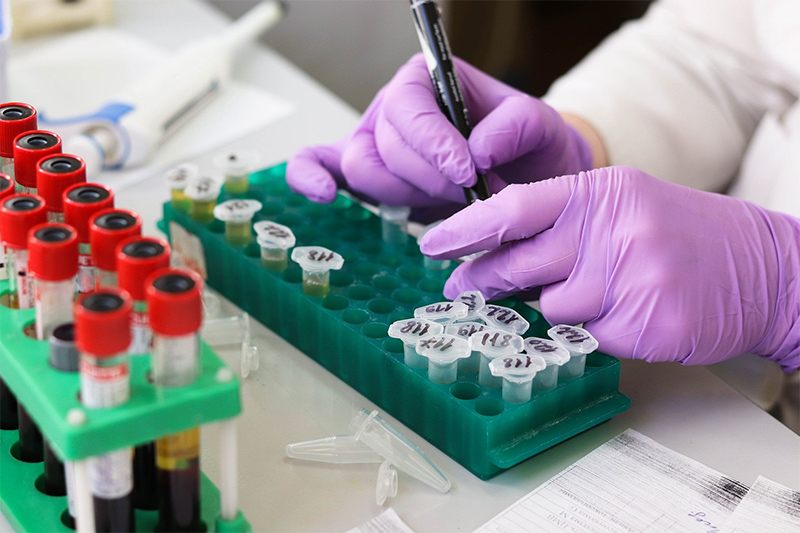What is a Kraft Test?
This is a blood test that measures the way the body responds to both glucose and insulin in response to a “glucose challenge” (a sugary solution) and return to baseline.
How is this test performed?
The Kraft test is a combination of both a Glucose Tolerance Test and a Insulin Response to Glucose Test. Measurements are taken at baseline, 30 minutes, 1 hour, 2 hours, and 3 hours.
Why is this test necessary?
When given sugar, the body produces insulin so that the sugar level can come down again. The sugar is converted in the liver and other parts and stored as fat. In this way, the sugar level in the blood stream comes down. It is important to know how much insulin it takes to bring the sugar level down to normal.
In prediabetic patients, the sugar level and the hemoglobin A1c may look good, but it is taking an enormous amount of insulin to bring the sugar level down to normal. This extraordinarily high insulin amount needed is due to insulin resistance. This is the cardinal feature of prediabetes. Although the sugar levels and the hemoglobin A1c looks good, it is the extremely high insulin levels that are very deleterious to the body: Causes severe obesity, inability to lose weight, abdominal adiposity, fatty liver, visceral fat (most of the weight is around the waist), hypertension, low HDL, high triglycerides, small dense LDL particles, atherosclerosis, risk of heart attacks and strokes and vascular disease. Therefore, this test establishes the diagnosis of hyperinsulinemia, insulin resistance, and a very significant cardiovascular risk. It is also known as cardio metabolic syndrome. This is a very major cardiac risk factor. Once it is established, there are effective ways to reverse insulin resistance.
Are there any side effects?
Only the inconvenience of needle sticks.
Is this test relatively new?
Yes. The traditional cardiovascular risk factor assessment only looks at blood pressure, established diabetes, dyslipidemia and mostly LDL levels, smoking. But does not assess the profound effect of hyperinsulinemia on blood vessels. Majority of the patient’s who developed diabetes, already have severe atherosclerosis in the arteries. The diagnosis of diabetes is a late diagnosis when the blood sugar level is no longer able to stay low in spite of high insulin levels generated by the body. So you can see that the early finding of hyperinsulinemia can have profound effects on the later development of not only diabetes, but also atherosclerosis.

